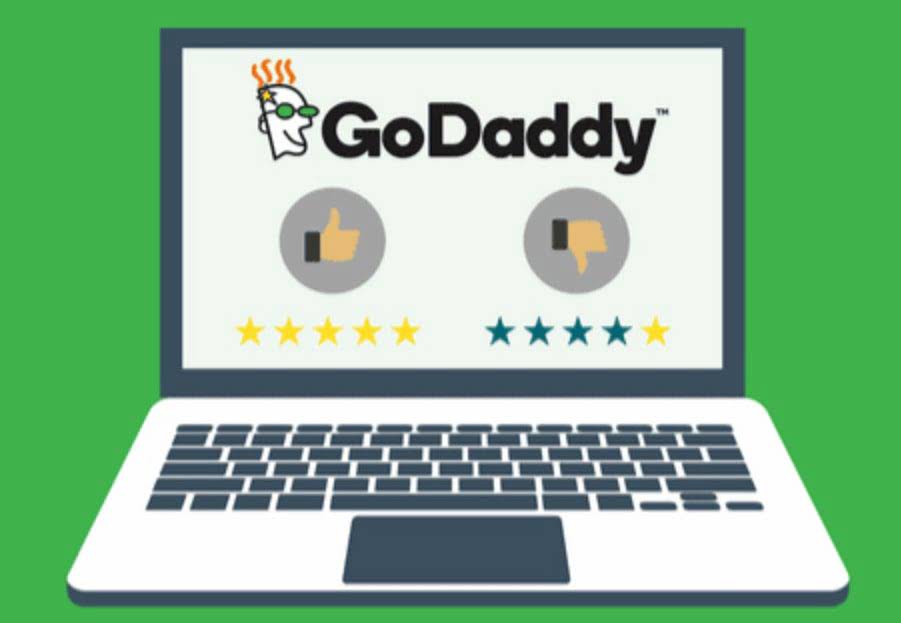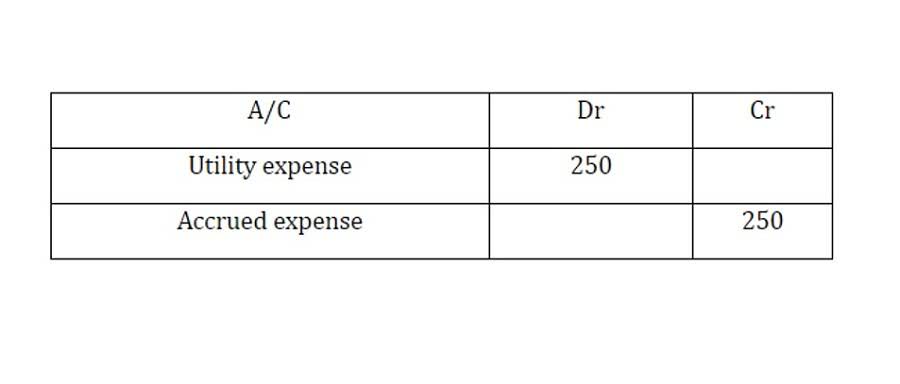
They should maintain a separate record for their business to ensure a clear distinction from personal finances. In the context of a sole proprietorship, equity represents the owner’s rights to the assets of the business after all liabilities have been paid. Owner’s contributions are personal assets invested into the business, increasing the owner’s equity.

For example, business meals are only 50% deductible — and starting with the 2018 tax year, entertainment expenses are not deductible at all. Therefore, even though these expenses may appear on your profit and loss statement, you’ll want to remember that they may not have a 100% impact on your taxable business income. Moreover, it’s important to note that even if your business is an LLC, you may still be filing taxes as a sole proprietor. Since an LLC is a legal status granted at the state level, and not a federal tax status, single-member LLCs are subject to sole proprietorship taxation. If your LLC has two members, you’ll be classified as a partnership for tax purposes; however, either single- or multi-member LLCs can elect to file their taxes as a corporation by completing IRS Form 8832.
Step 4. Apply For An EIN
They must organize and store all receipts and invoices systematically, categorizing them according to their purpose and ensuring they are readily accessible for tax calculations and audits. Digital tools can be used to scan and store these documents efficiently. Another reason is that there are two types of Income Statement – cash and accrual. If you want https://www.bookstime.com/articles/annual-income to know how much is in the Bank account – don’t look at the Income Statement. Either way, it’s a learning curve and you should be prepared to put in extra time at the beginning whilst you are figuring it all out. Each transaction has a financial component so once this amount is known (from a document like a receipt or invoice) it is ready to be recorded.

As soon as your job for a customer is finished, prepare and send the invoice – make sure to include any costs involved (such as goods or contractor fees). If you have not received some of the bills yet, then wait until they are all in before invoicing your customer, so nothing is left off the invoice. Every day check your bank account (if you have online access) for payments received from customers who pay by Direct banking and allocate payments to your customer invoices. Once a month on about the 5th, email Customer Statements to your customers (if you make sales on credit) to show them what Invoices or amounts are outstanding – include a reminder of due date of payment.
Can You Start Your Own Bookkeeping Business?
Some of the benefits of forming a corporation include lower corporate tax rates, added legal protections, and the ability to attract outside investors. Because corporations are expensive and complex, many small business owners shy away from this option. Expenses not on the bank statements, like cash or personal credit card, need to be entered manually. If you choose to go this route, your goal is to prepare a proper general ledger and trial balance, which tracks assets, liabilities, sales and expenses. Check out these 11 small business accounting terms you should know to help increase your accounting acumen. Complete our home office template with your rent, utilities, property tax, cell phone and internet.

If you’re using tax filing software, you may have the option to organize and store receipts electronically. For instance, you might choose to start your fiscal year on July 1 and have it end on June sole trader accounting 30 of the following calendar year. Or you may choose a more traditional approach and have your fiscal year follow the standard calendar year, depending on what works best for your business.
Goal of Financial Management for a Sole Proprietorship
A cash flow statement illustrates how changes in the balance sheet and income affect cash and cash equivalents, essentially showing how the business earns and spends money over time. Monitoring cash flow is crucial as it influences the business’s ability to handle daily operations and make strategic investments. They must ensure that the cash inflows from sales or other sources are sufficient to cover ongoing expenses, highlighting the business’s liquidity and financial health. The Uplinq platform also reconciles accounts rapidly using AI, ensures SEC 2 compliance for data security, and can optimize taxes. For sole proprietors seeking to automate tasks like reconciliation and reporting for faster insights, Uplinq delivers intelligent bookkeeping solutions. Since your business finances are not entirely separate from personal finances as a sole proprietor, take extra care to categorize transactions appropriately.
Leave a Reply